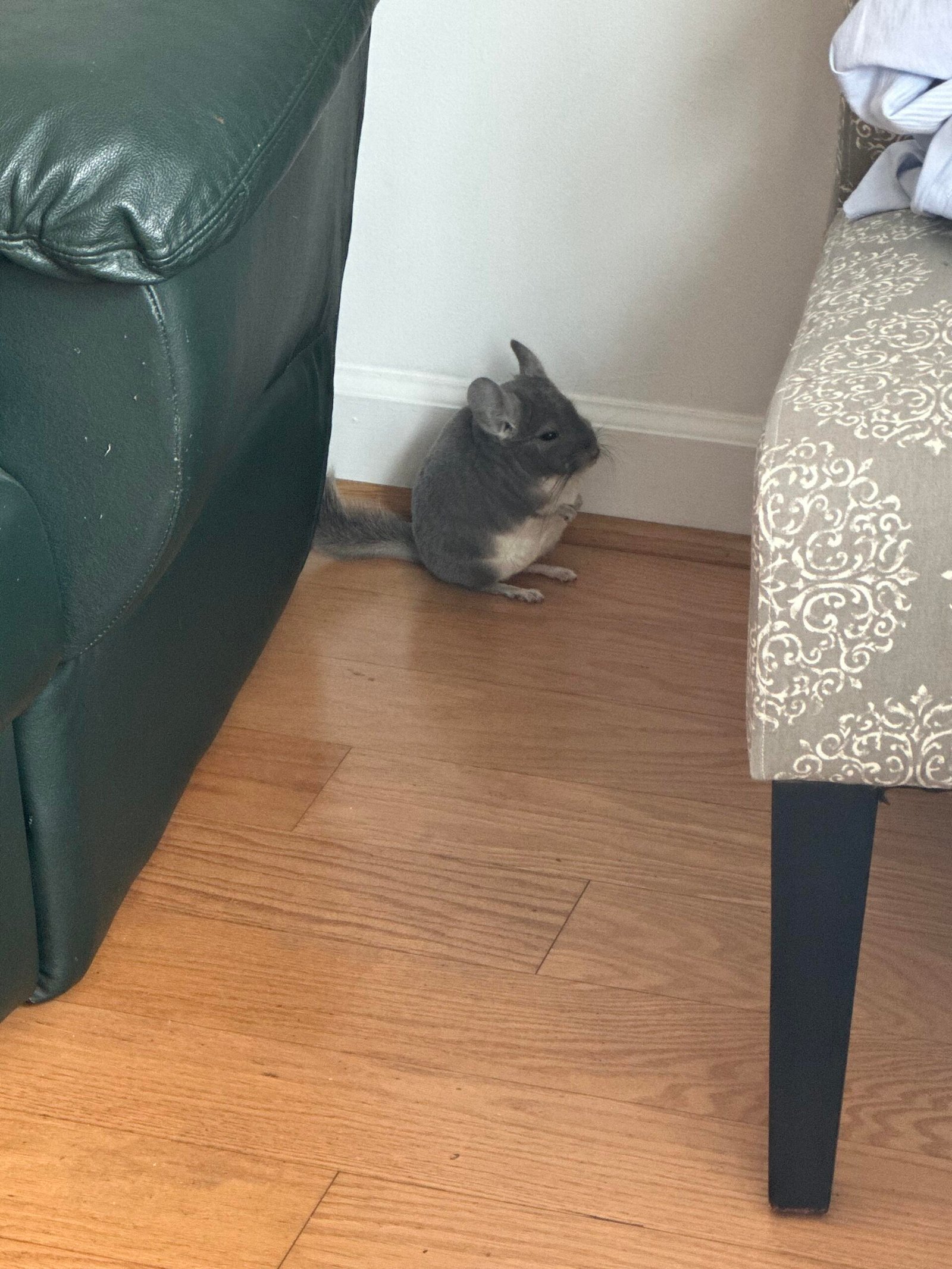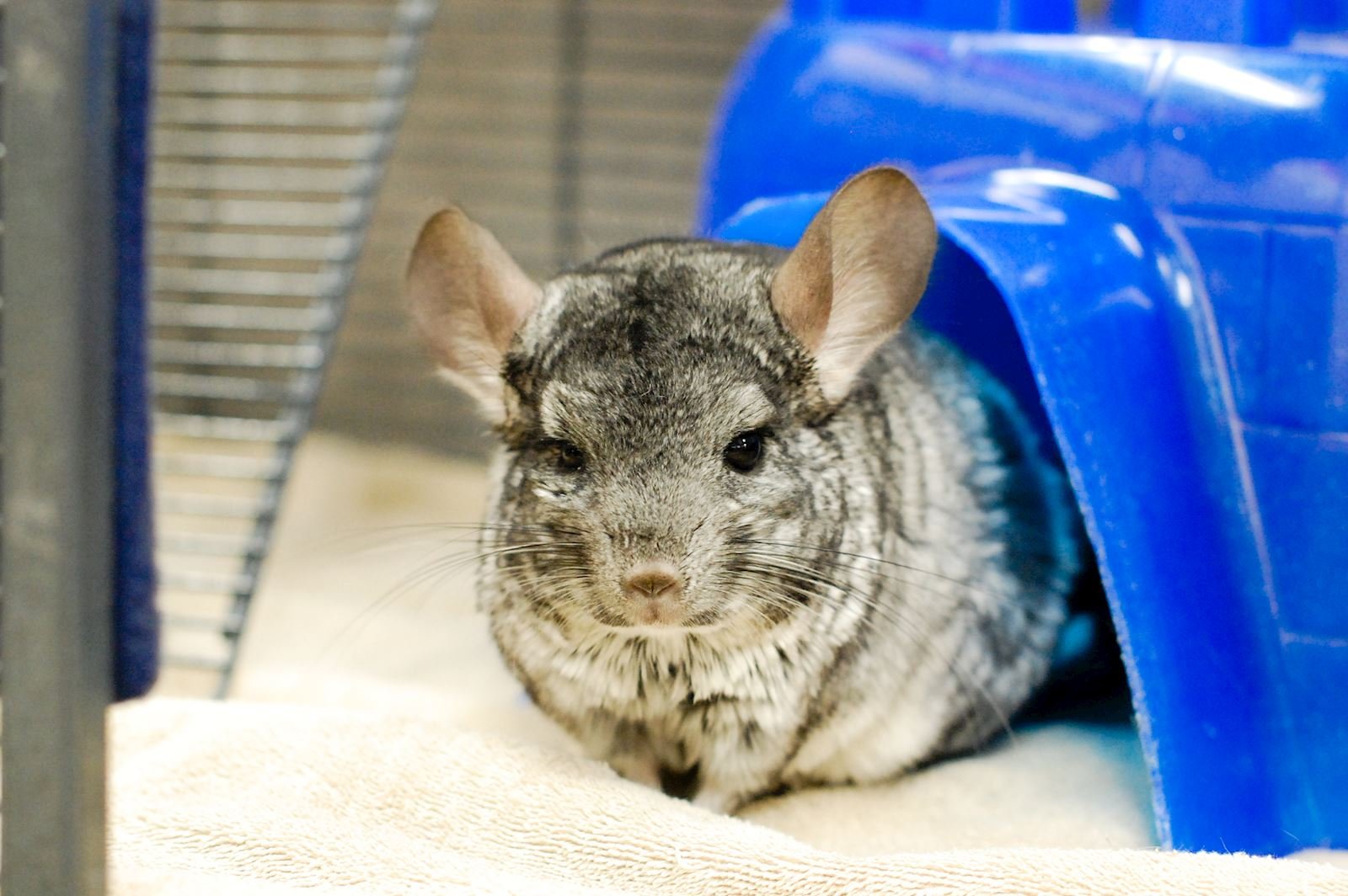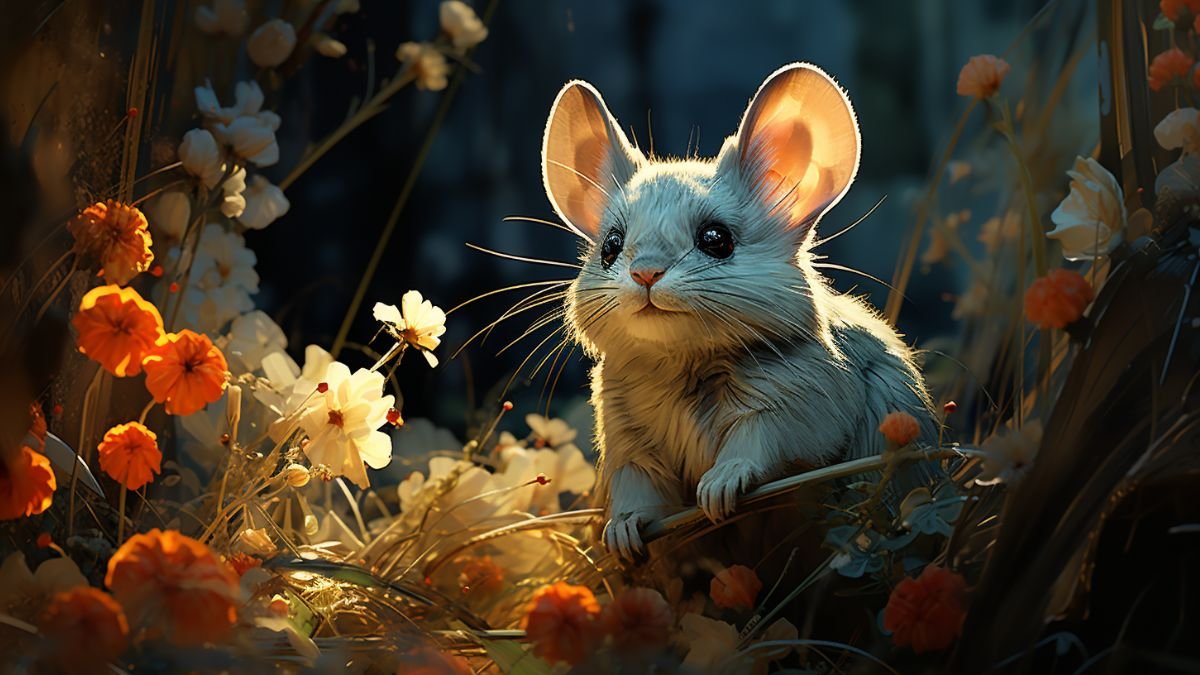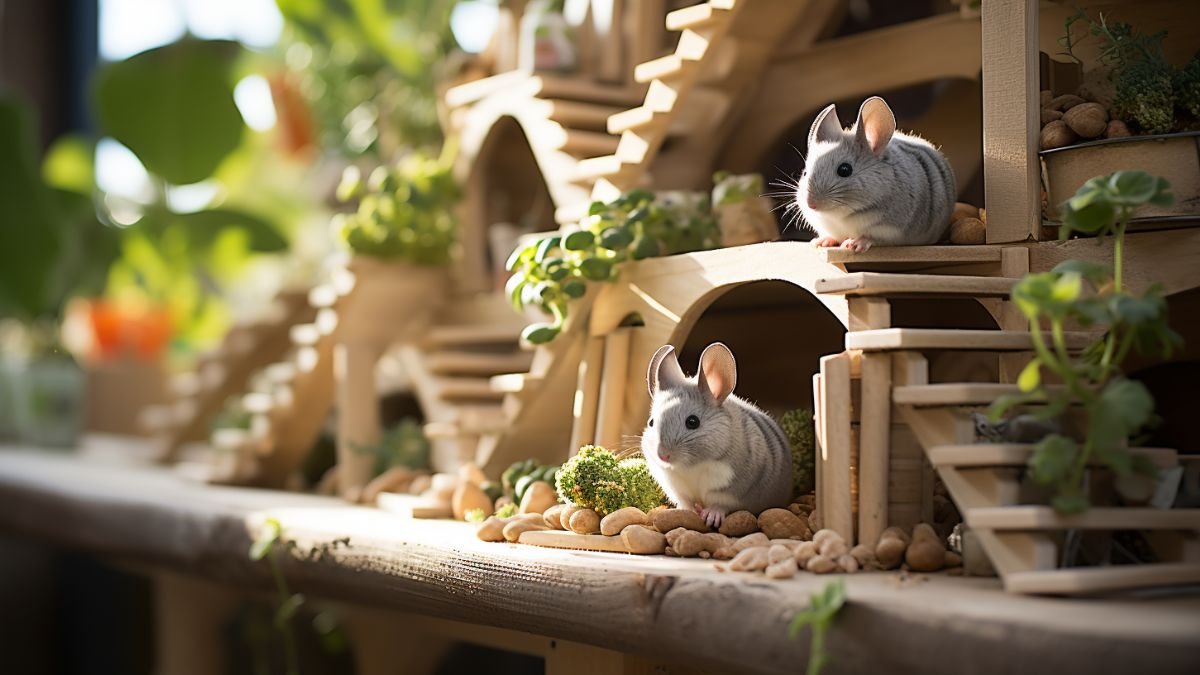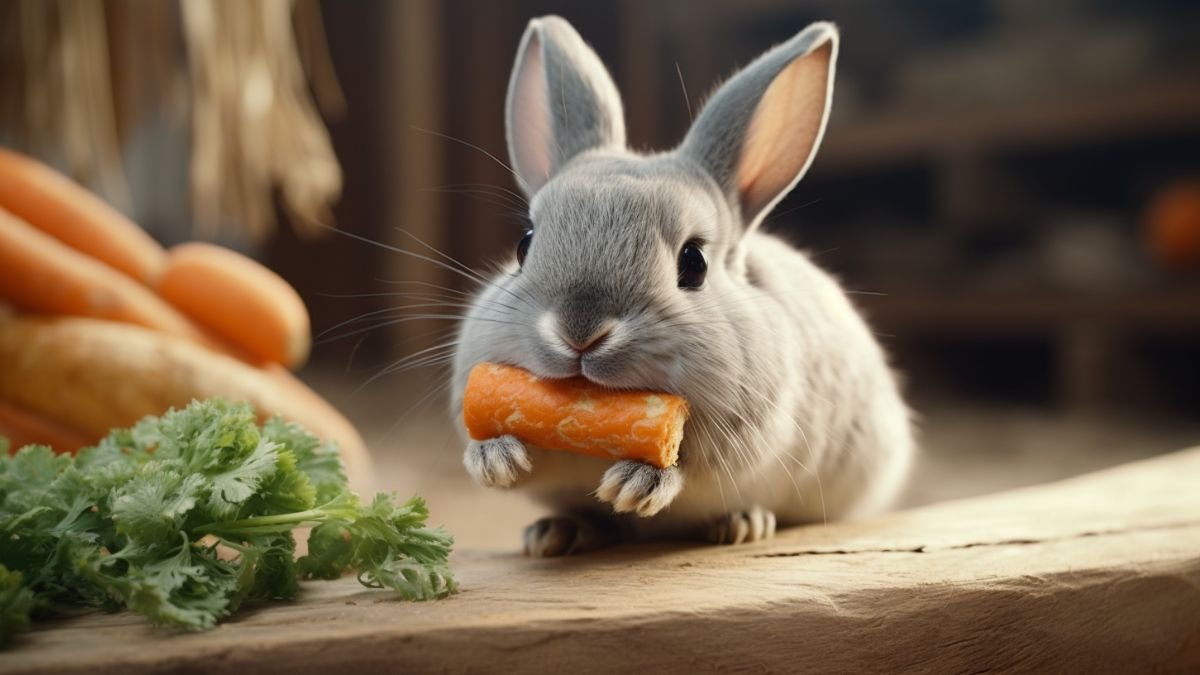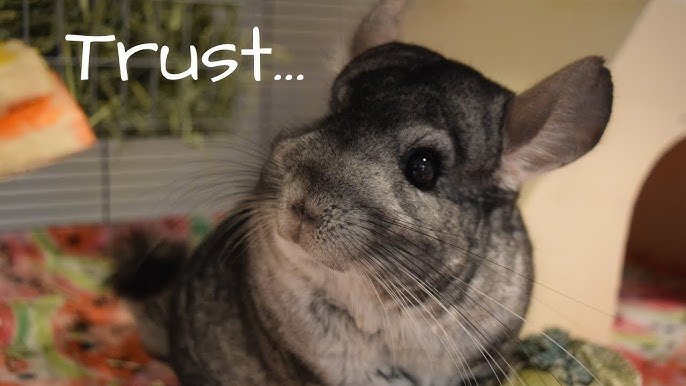
Bringing a new chinchilla into your home is exciting, but earning its trust can feel tricky. You want your furry friend to feel safe and comfortable around you.
Building this bond takes patience and the right approach. You’ll discover simple, effective steps to connect with your chinchilla and create a trusting relationship that lasts. Keep reading to learn how to turn your new pet into a happy, confident companion.
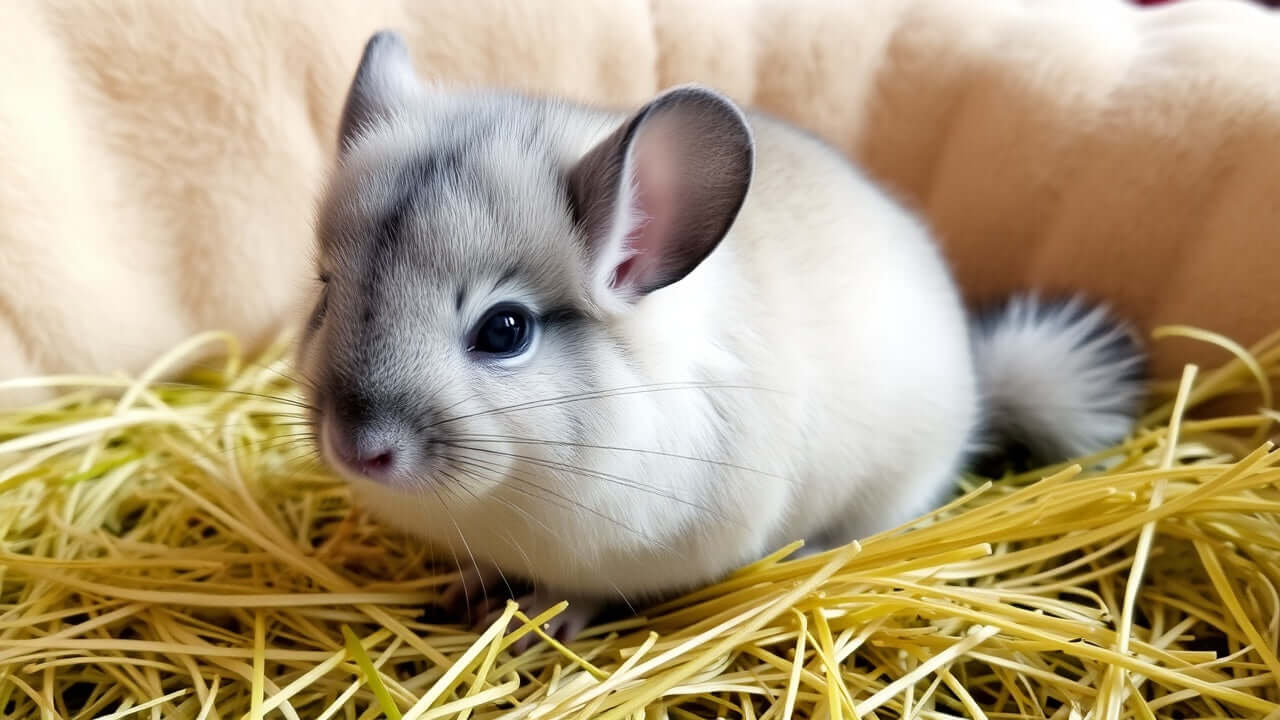
Credit: jungleaquatics.com
Choosing The Right Environment
Choosing the right environment is key to building trust with a new chinchilla. A calm and safe space helps your pet feel secure. It reduces stress and encourages positive behavior. Setting up the right environment shows your chinchilla that it is cared for and respected.
Ideal Cage Setup
The cage should be spacious and tall. Chinchillas love to jump and climb. Multiple shelves and ramps provide good exercise. Use chew-proof materials to protect your pet and the cage. Place soft bedding at the bottom for comfort. Keep food and water dishes clean and easily reachable.
Safe And Quiet Space
Pick a quiet room away from loud noises. Avoid places with strong smells or busy traffic. This helps your chinchilla feel calm and less scared. Keep the cage away from direct drafts or air conditioners. A peaceful spot builds trust and lowers anxiety.
Temperature And Lighting
Chinchillas prefer cool temperatures between 60°F and 70°F. High heat can cause stress or illness. Ensure good ventilation but avoid cold drafts. Use natural light or soft lamps for a gentle day-night cycle. Avoid bright or flashing lights that may frighten your pet.

Credit: globalchinchillas.com
Initial Interaction Tips
Building trust with a new chinchilla starts with the first few interactions. These moments are important for setting a positive relationship. Patience and calmness help your chinchilla feel safe.
Try to create a quiet and relaxed environment. This helps the chinchilla become comfortable and less scared. Small steps lead to a strong bond over time.
Approach Techniques
Move slowly and avoid sudden actions. Quick movements can scare your chinchilla. Keep your hand low and steady when reaching out.
Speak softly to calm your pet. Let the chinchilla see your face and hands clearly. Let it come to you rather than forcing contact.
Using Treats Effectively
Choose safe treats like dried rose hips or small pieces of apple. Offer treats gently from your hand. This creates a positive connection with you.
Give treats only during calm moments. Avoid overfeeding. Use treats to encourage gentle contact and trust.
Reading Body Language
Watch your chinchilla’s movements carefully. Ears laid back or quick darting means fear. Calm chinchillas have relaxed ears and soft eyes.
Tail flicks or sudden jumps mean stress. Learn these signs to stop and give space. Respecting their feelings helps build trust fast.
Daily Care Routines
Building trust with a new chinchilla starts with daily care routines. These routines help your pet feel safe and comfortable. Consistency is key. Your chinchilla learns to expect gentle treatment every day. This creates a strong bond between you and your furry friend.
Feeding Schedules
Feed your chinchilla at the same time each day. Use fresh hay and chinchilla pellets. Offer small treats like dried rose hips occasionally. Avoid sudden changes in diet. This keeps their stomach healthy and reduces stress. Fresh water must always be available. A calm feeding time helps your chinchilla trust you more.
Cleaning And Maintenance
Clean the cage regularly to keep it fresh and safe. Remove uneaten food and waste daily. Change bedding once or twice a week. Use dust-free, soft bedding to protect their feet. Clean water bottles and food dishes often. A clean environment shows you care about their health.
Handling And Playtime
Start with short, gentle handling sessions. Let your chinchilla sniff your hand first. Avoid sudden movements or loud noises. Use soft voices to calm them. Playtime outside the cage helps build trust. Provide safe toys for chewing and running. Patience during these moments makes your chinchilla more comfortable around you.
Building Consistency
Building consistency is key to earning your chinchilla’s trust. These small creatures need steady care and routine. They feel safer when life is predictable. Consistency helps reduce their stress and encourages bonding. It takes patience and gentle actions every day. This section explains how to build trust by being consistent.
Establishing Trust Over Time
Trust grows slowly with daily positive interactions. Feed your chinchilla at the same times each day. Use a calm voice and slow movements. Let your pet explore your hand before touching. Avoid sudden actions that scare them. Over weeks, your chinchilla will begin to relax around you. Consistency in care helps them see you as safe.
Avoiding Common Mistakes
Inconsistency confuses chinchillas and breaks trust. Do not change feeding times often. Avoid loud noises near their cage. Do not force your chinchilla to be held. Avoid quick or rough handling. These mistakes cause fear and stress. Stay patient and gentle to keep trust growing.
Recognizing Progress
Look for small signs of trust. Your chinchilla may approach your hand. It may allow gentle petting without running away. It might make soft sounds or show curiosity. Celebrate these moments as big wins. Recognizing progress keeps you motivated. Trust builds slowly but steadily with care.
Health And Wellness Checks
Health and wellness checks are key to building trust with your new chinchilla. They help you understand your pet’s needs and feelings. Regular care shows your chinchilla that you care about its well-being. This care builds a strong bond over time.
Knowing how to spot health changes and reduce stress can make your chinchilla feel safe. Good health means a happier, more active pet ready to trust you.
Monitoring Behavior Changes
Watch your chinchilla’s behavior every day. Changes in eating, sleeping, or activity can show health problems. A quiet or hiding chinchilla might feel sick or scared. Early attention helps keep your pet healthy and calm.
Regular Vet Visits
Take your chinchilla to the vet regularly. Vets check for illnesses and give advice on care. Routine visits catch problems early before they get worse. A healthy chinchilla trusts its owner more.
Preventing Stress
Keep your chinchilla’s environment calm and safe. Loud noises or sudden moves can scare it. Provide a quiet space and gentle handling. Stress can cause health issues and make trust harder to build.

Credit: www.youtube.com
Frequently Asked Questions
How Long Does It Take To Build Trust With A Chinchilla?
Building trust with a chinchilla usually takes several weeks. Be patient, gentle, and consistent in your interactions. Regular, calm handling helps them feel safe and secure.
What Are The Best Ways To Approach A New Chinchilla?
Approach your chinchilla slowly and quietly. Avoid sudden movements or loud noises. Offer treats by hand to encourage positive associations and build trust.
How Often Should I Interact With My Chinchilla?
Interact with your chinchilla daily for short periods. Consistent, gentle handling strengthens your bond and helps them get comfortable with you over time.
Can Chinchillas Recognize Their Owners?
Yes, chinchillas can recognize their owners by voice and scent. Building trust helps deepen this recognition and encourages friendly behavior towards you.
Conclusion
Building trust with a new chinchilla takes time and patience. Speak softly and move slowly around your pet. Offer treats to create positive experiences. Give your chinchilla space to feel safe. Spend daily moments sitting quietly nearby. Trust grows little by little with care.
Enjoy the special bond that forms. Your chinchilla will feel happy and secure. Keep practicing these simple steps every day. Trust is the key to a strong friendship.

